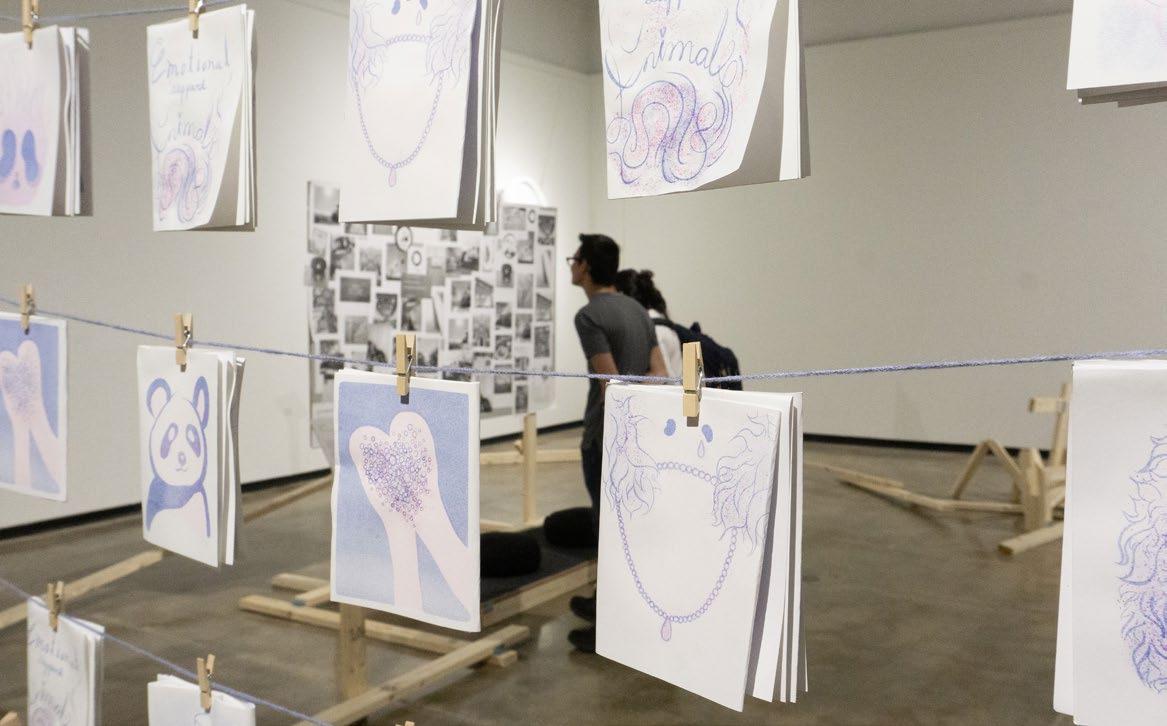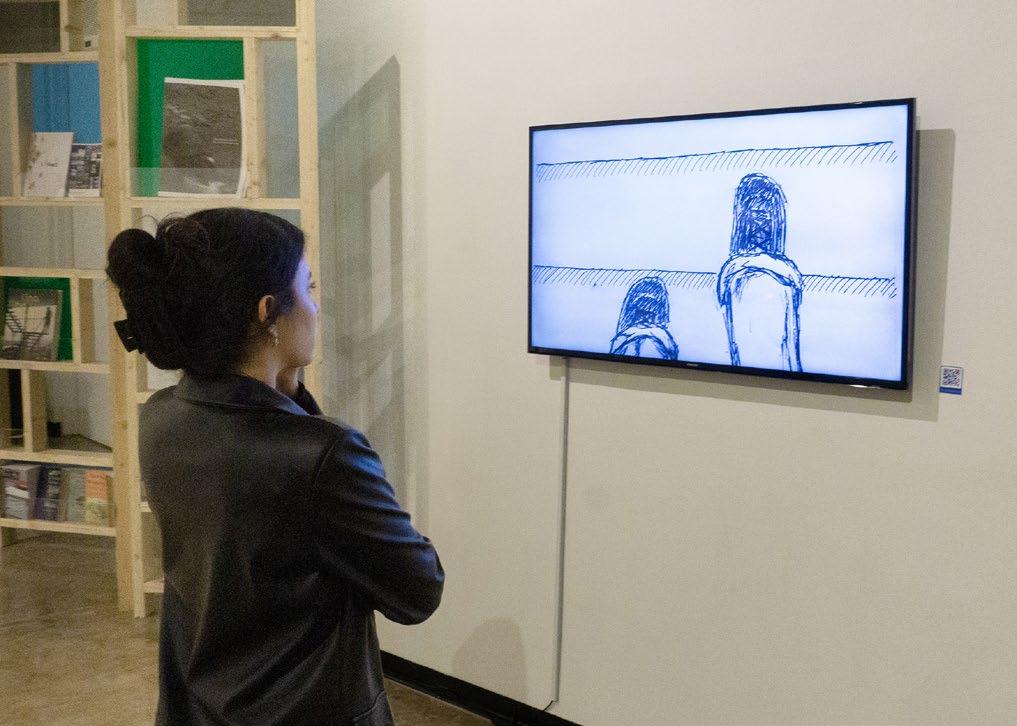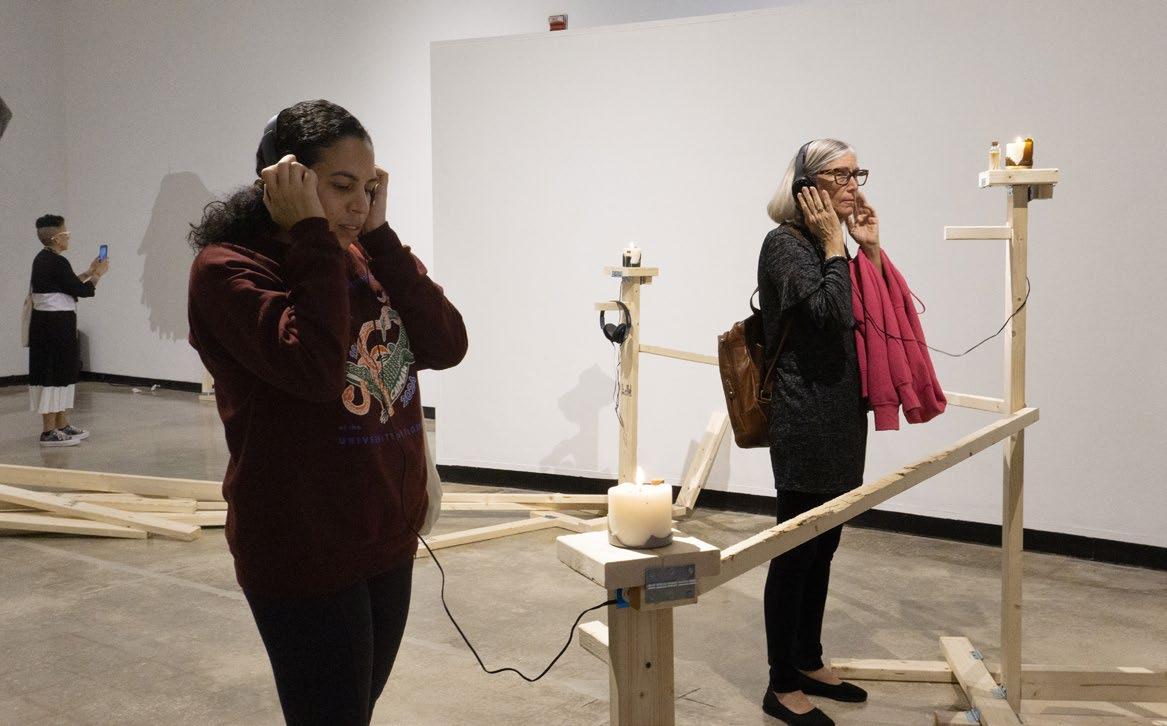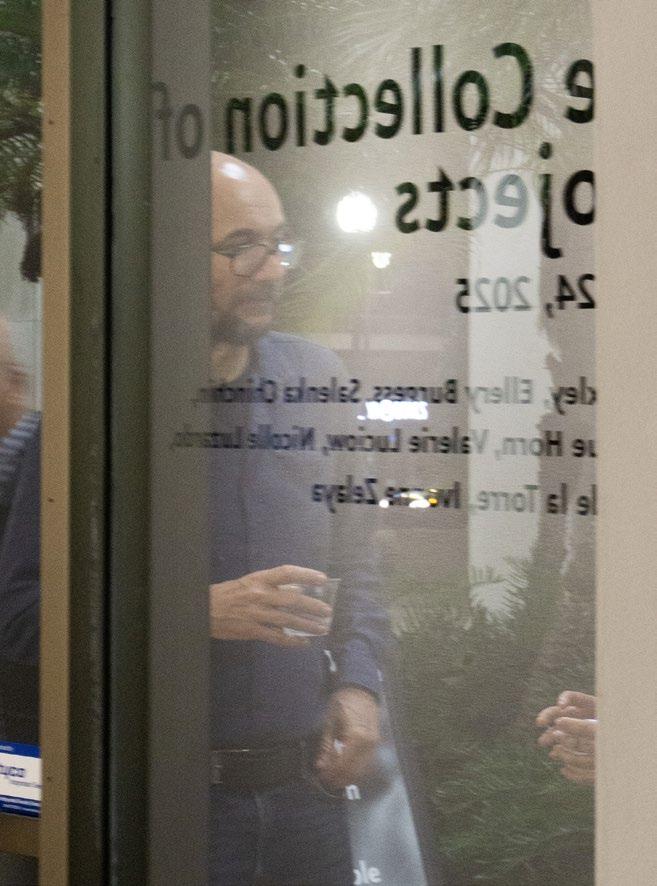
5 minute read
Kislak Artist in Residence leads students in creating "impossible" art exhibition
Mexican artist Eduardo Abaroa fosters creativity and imagination in class of multidisciplinary students
This semester, we welcomed our first Artist in Residence through the generous funding of the Kislak Family Foundation! Mexican artist Eduardo Abaroa joined us in Gainesville to teach the course "The Art of Sharing" and lead his students in the development of an art exhibition. His presence this semester fostered greater connections among our Center and campus community with contemporary art and artists of Latin America.
"I developed 'The Art of Sharing' to review the art of Latin America with an emphasis on learning, the transmission of traditions, and new ways of considering artistic expression," Abaroa explains. For a class composed of students from diverse disciplines, not just the arts and art history, making artist expression accessible and achievable was a particularly important goal. This is reflected in the design of the culminating exhibition of student work, "An Incomplete Collection of Impossible Projects," on view at the Gary R. Libby University Gallery until January 25.
"I wanted every artist in the group to propose a project that they thought would be impossible to make," Abaroa shares. "Nevertheless, you can illustrate that project." Given free rein, the students produced sculptures, videos, paintings, models, and interactive installations that communicated their imaginings, however impossible. First-year MALAS student Elaine Machado never saw herself as an artist—her research is in education, languages, and social issues—but participating in Abaroa's class and producing a piece (Choice?) for the exhibition made a lasting impression. Read more from Elaine below.
REFLECTIONS ON "THE ART OF SHARING" BY ELAINE MACHADO
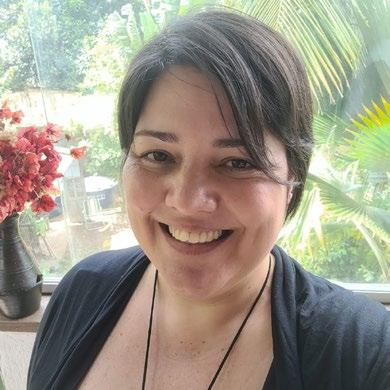
This is my first semester as a MALAS student, and it has already been an exciting and enriching experience. During the first week of classes, I had the opportunity to familiarize myself with the courses being offered. From the moment I heard about Abaroa’s class, I was intrigued. The course was titled "The Art of Sharing," and right from the start, we knew that we would be preparing for an exhibition at the end of the term. This was a one-time opportunity to study in a diverse group with a professor that would be at UF for a single semester, I knew that I had to take this opportunity. I knew that the discussions about art and artists would be interesting and valuable.
People in general have always discussed creativity. In a world where we are talking extensively about AI, discussing creativity seems fundamental. I have always believed that the concept of creativity tends to come hand in hand with the discussion of art. I am not an artistic person myself, but I am an art admirer and my interest in art motivated me to enroll in the course “The Art of Sharing."
The classes have been incredibly engaging, providing not only the chance to learn from Abaroa but also to meet other prominent artists, such as Abraham Cruzvillegas and Rita Ponce del León. It has truly been a unique opportunity to connect with such brilliant individuals, and it has inspired me to awaken the artist within myself. As someone from Brazil, I was especially grateful that Abaroa encouraged me to share my personal experience with the group about visiting one of Hélio Oiticica’s posthumous works at Inhotim, MG. This experience was profoundly impactful, and it was an honor to contribute to the class discussion.
In my group there were artists whose major were related to Art or Art History at UF, but there were also students from International Relations, Latin American Studies and the visiting artists invited by professor Abaroa to help our discussions.
Overall, this course has been an invaluable learning experience, blending theory with practical engagement, and offering space for us to share and learn from one another. After all, isn’t that what art is all about—connection, exploration, and shared experience?
As a Brazilian, I felt privileged to be able to understand and discuss artists like Lygia Clarke and Helio Oiticica, whose artwork are well known in Brazil and around the globe. As a non-art student, I could understand some cultural and historical influences that these artists imprint on their work.
An Incomplete Collection of Impossible Projects
